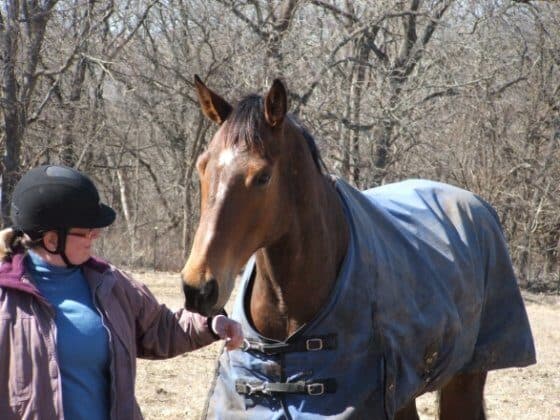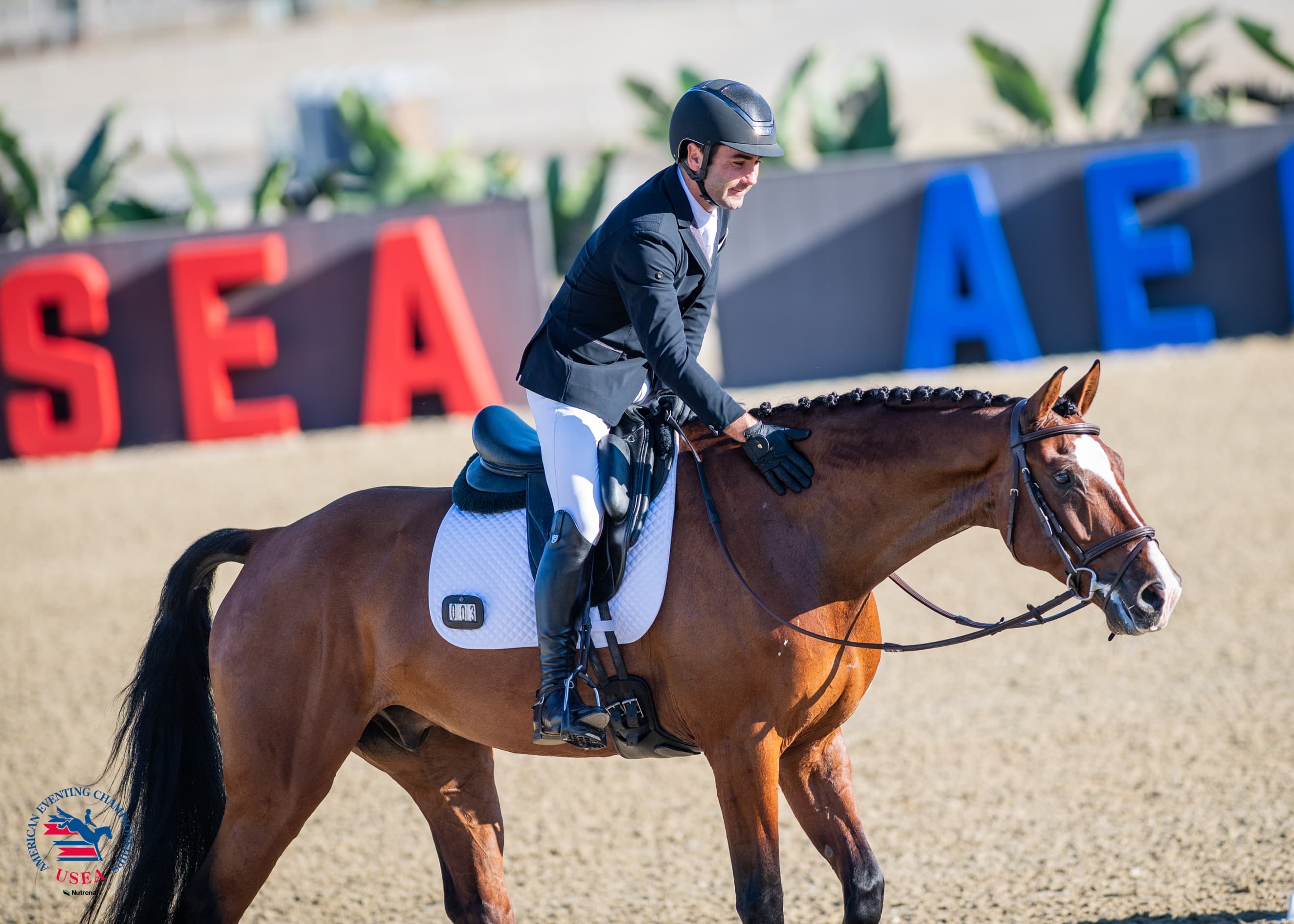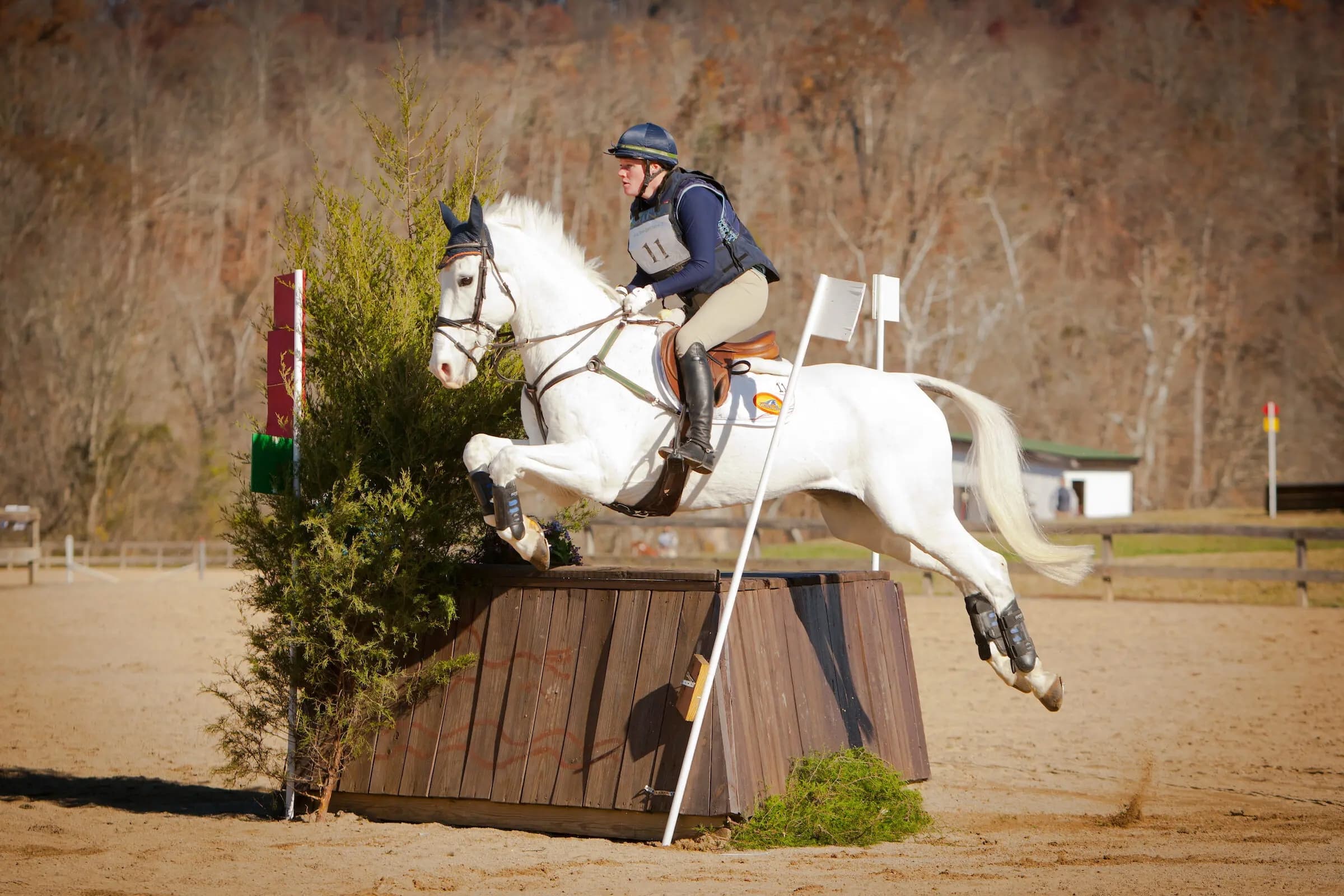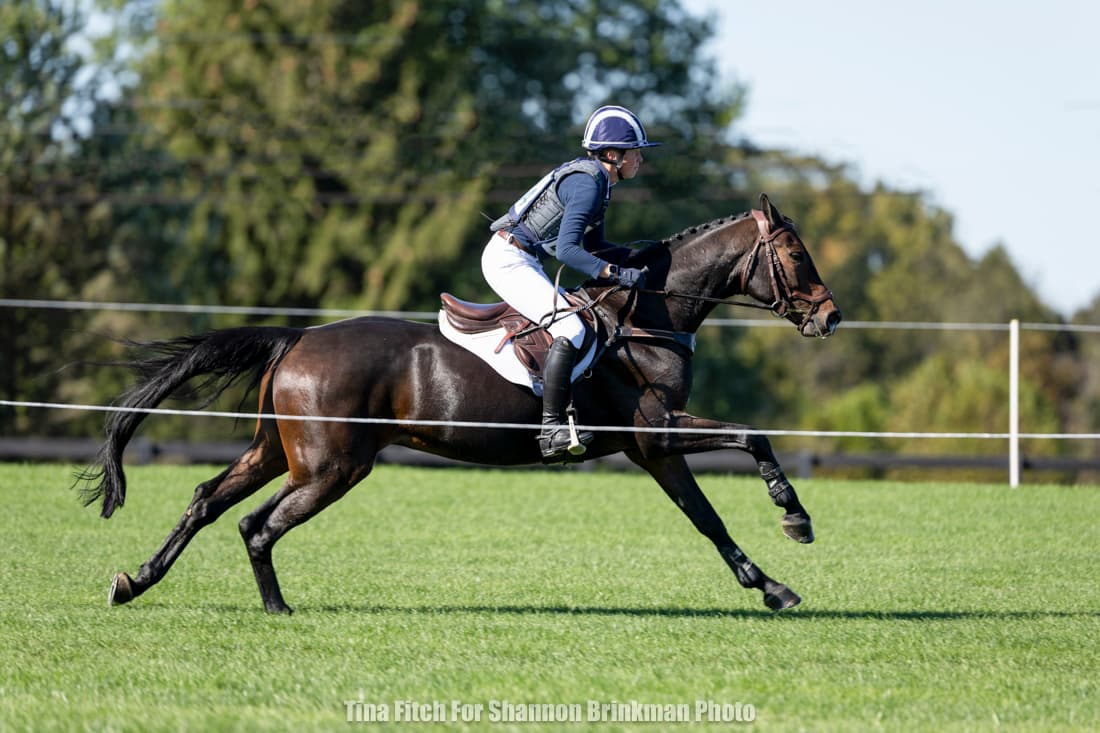OTTB Talk—Addressing Anxiety

I think that anxiety is the most understated and unmentioned reality that confronts riders of all experience levels. It’s hard to talk about it though because we don’t want our friends and family to think of us as lacking courage. Riding anxiety is a big elephant in the room that riders occupy so let’s talk about strategies to manage it.
Putting the cards on the table from the rider’s perspective. When I first started working with my two OTTBs that I had bought in the spring of 2011 from Susann Jones (www.silverlininghorsefarm.com ), I experienced bouts of anxiety with them during the training process. And this was after I had done about as much as I could to correctly identify future mounts for me. I was fortunate that I had a trainer who was actively looking for good horses and who directed my attention to Susann’s OTTB prospects. I was truly lucky to see them at the stable and to talk to Susann in person, plus have an objective look at them with my husband.
I was anxious because I hadn’t ever trained an OTTB before and had always had Warmbloods. My last mare was the absolute picture of ‘bombproof’. If you looked the word up in the dictionary, it said “See Birdie,” so working around somewhat hyper and green youngsters brought out my nerves…just a bit. Fortunately, Susann has a great stock of OTTBs that are accepted on her farm after she looks them over, so dealing with a vastly unknown temperament on a new horse was less of a concern.
I certainly was alert (and tense) when I first swung my leg over Dexter’s back the first few times! But I had planned for managing my mindset in advance of riding my two ‘boys’ because I know how I think and how I prepare for uncertainty. It is important for you to think about what is making you anxious, address it honestly and work to overcome it. Think about it—you will be working closely with an animal that weighs over half a ton and that can be unpredictable so, in my opinion, experiencing anxiety is a smart survival mechanism! For me, the trick is to manage the whole picture by breaking it down into manageable chunks: wearing safety equipment, using a low-stimulus external environment initially for your horse’s learning, setting smaller and wiser goals and then building on and celebrating small successes along the way.
To implement this program, I wear my helmet all the time when I lunge or ride my horses—without exception. My trainer, when she rides her energetic and excitable 3-year old gelding, she wears an eventing vest. Safety first is our motto! I know my horses now and realized early in their training that they see other horses as potential ‘racing competitors’ so I managed their excitement by training them for the first 40 minutes alone and then introducing another horse into the indoor ring. This worked in keeping their attention on their rider and ignoring the new horse. If I had a day where I was riding and not focusing on the ride but rather thinking about avoiding potentially spooky situations, I reset my goals, worked on a simpler problem and then finished on a high note. For example, as I was teaching Dexter to canter on cue, I found myself feeling anxious about that gait. I had to mentally give myself a shake and remind myself that it’s no more potentially dangerous than a trot. It took me a few times to get over it, so I focused on just getting a few canter strides completed before asking for trot, then we progressed to cantering one-quarter of the way around the arena, then halfway around, and so on till we were doing our thing without me over-analyzing the whole process.
How about the horse’s point of view? Honesty assess what your horse is doing and ask yourself if you are contributing to your horse’s unwanted behavior. Getting to ‘why’ can be very helpful in coming up with a successful training strategy. Work to make sure your horse respects you, on the ground or on its back. Allowing disrespectful behavior (oh, but isn’t he cute when he...) can make your horse think it’s in charge of both of you. Not correcting disrespectful behavior in the horse only further reinforces that behavior, without showing the horse the correct behavior you want from him.
R-E-S-P-E-C-T—find out what that means to me!
Remember in our last article, I talked about how horses can interpret our bodies’ anxiety cues because they can sense us so effectively and we cannot hide our emotional state from them. So it’s very important to manage our anxiety because they pick it up and, lacking the capacity to understand that we are anxious about riding or other issues, they respond like prey animals and interpret our behavior as a cue for them to get anxious also. Because we, as the horses’ herd leaders, are indicating that there is something to get worried about—horses then go to a higher state of anxiety themselves.
How to manage this. As the human, you must remain the calm, confident leader to the horse. You must be ready at all times to instill discipline with confidence. If you have this demeanor, then the horse will follow your leadership example and overcome its own nervousness. If you begin to show anxiety, then the horse begins to think that there is legitimate danger around (Out Here Be Wolves!), that it must be the leader now and it becomes even more anxious because you, as the herd leader, have given up your leadership role. This is a dangerous situation and must be managed quickly and confidently or the ride can deteriorate into a mad gallop back to the barn. Not a good start for either horse or rider!
Determine if your horse has a legitimate concern or if it is being a ‘butt’. If the horse is genuinely concerned about a new situation, introduce the stimulus calmly and in small increments to desensitize the horse (if you can—but some situations must be managed as a whole). You must remain the confident leader; using the inside rein, keep the horse turning and responding to your leg and rein aids and keep his attention on you. Do not pander to your horse’s anxiety by talking soothingly— if you do this, the horse will think that there is something to be scared of after all. Be brisk, calm and business-like. Respond to an unwanted behavior immediately, with appropriate force, and without anger. Then ride on. All of your past training on the horse will be put to the test at this point and you must resist letting the horse think that the scary thing is worthy of a ‘spook’. As one of my trainers said to me in the past, “Don’t become part of the horse’s drama! Just ride on.” Of course that is easy to say and hard to do but we will all experience our horse’s anxiety at points during the training cycle and must be ready to provide the leadership the horse craves during this new and potentially ‘spooky’ situation.














